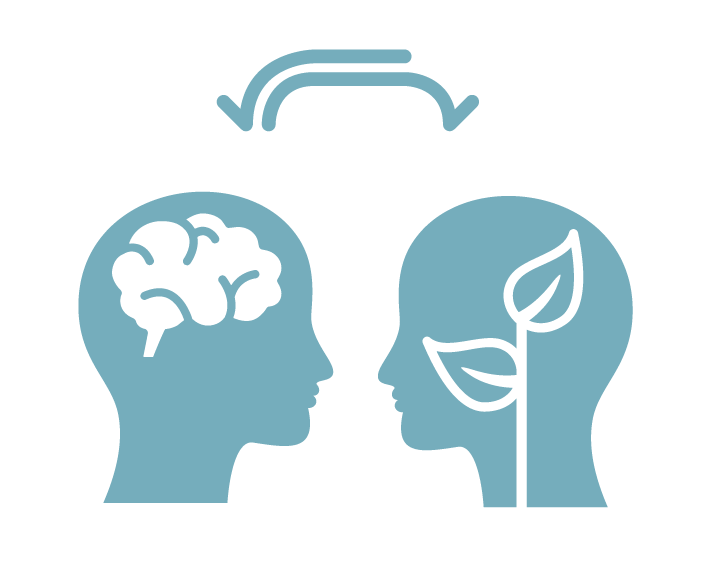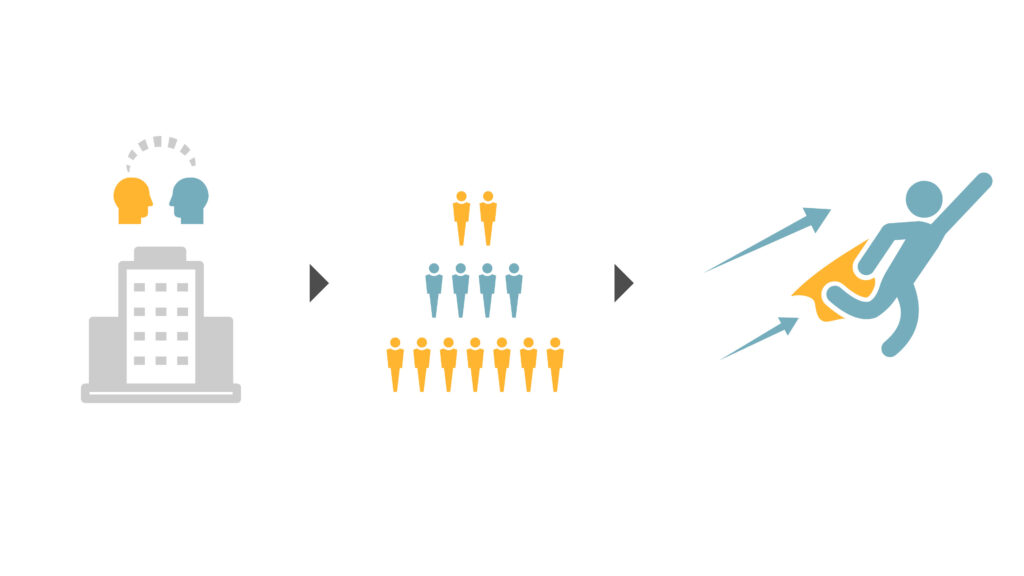How to manage procurement skills assessment project negative reactions
How to manage procurement skills assessment project negative reactions. Many CPOs would like to conduct a reliable skills assessment to understand their team’s knowledge, capabilities, and skills gap but don’t act upon it further. This inaction is often the fear of an adverse reaction or ‘kickback’ from their team. Or an organizational culture that does not support such ‘hard’ analysis of its employee’s capabilities.

Many leaders display frozen inaction because they are uncertain how to manage the impact of conducting a skills assessment
This post will explain how best to unfreeze the fear of conducting skills assessments based on our best practice advice.
In our discussions with clients, the following question comes up repeatedly early on in the debate:
How do you position the skills assessment for the culture of the organization?
Behind this question lies a valid concern:
Employee concern is a natural reaction to assessment, and an unintended adverse response might result from this concern.
Interestingly, this reaction is one of the leading indicators in the mindset of your team, which is critical to its performance and, therefore, a central issue for its future development.
Understand Mindset:

Understand your teams mindset
Carol Dweck’s ground-breaking research on individual mindsets shows that employees with a growth mindset are:
- more open to learning
- willing to confront challenges
- stick to demanding tasks, and
- bounce back from failures.
People with fixed mindsets will be fearful and resist skills assessment, while people with growth mindsets will accept it and then thrive on the challenge.
Dweck introduces the concept that far from everyone being tied to a fixed mindset, a growth mindset can be fostered to help individuals and organizations aspire and achieve more meaningfully.
This understanding is essential for any leader or manager. It helps us prepare for conducting skills assessments in a supportive, non-threatening way.
Leadership’s Role:
Without a doubt, the decision to conduct a skills assessment must be leadership-led. They must be satisfied it is the right thing to do and lead from the front. The key to this is to establish TRUST.

Trust is the ‘key stone’ upon which the skills assessment program must be built
In establishing trust, management must display behaviors that increase motivation and reduce anxiety amongst their team. This requires very supportive, non-threatening behaviors to position the assessment in a positive and motivational light.
Supporting employees to change from a fixed to a growth mindset
The actions needed will vary depending on the current collective and individual mindset. However, once a leader has determined the general mindset of employees within their organization, they must create a credible environment to change perspectives for it to be successful:
Commitment to:
- Help employees grow
- Providing the resources to enable employee mindset growth and sticking to it, it’s not a quick fix.
- Developing a management team who have bought into the concept and a commitment to changing the culture.
- Improvement and learning and ditching any semblance of a blame culture.
- Improve terms and conditions to support employees through lower levels.
- Providing opportunities and challenges for growth.
- Understanding the proven benefits of an improved mindset.
- Follow through with meaningful training and a commitment to continuous learning to address the identified development needs.
Demonstrate Credibility Validity & Fairness:
- The credibility of the assessment so that employees have trust in the accuracy of the assessment.
- Assessment should always have a clear purpose. Nothing will be gained unless the assessment has some validity for the purpose. For that reason, validity is the most important single attribute of a good assessment:
Reduce employee anxiety by reassuring them that the assessment will be used positively to provide genuine development opportunities and not as a performance management tool.
- Explain how the assessment will be conducted and applied fairly and equitably.
Sell the Benefits to the Employee:
- Empowers individuals to have meaningful development conversations with their managers and take ownership of their careers.
- Provides staff at all levels with a vehicle and direction for their professional development plans.
- Internal recognition?
- Validation of learning effort
Reassurance, reassurance, reassurance:
Explicitly assure your staff that the assessment isn’t a performance management exercise:
- Demonstrating a genuine leadership commitment to learning, continuous improvement, and optimizing talent while reducing the need for external hiring.
- Be ready to reassure employees post-assessment. Employees who perform well in the assessment are more likely to perceive the assessment favorably than those who do not perform well.
Management’s role here is to reassure the employee and remind them of the credibility and fairness of the assessment.

Employees must feel they have a real opportunity to develop
For the organization:
Any skills development is a program, a continuous journey of improvement. It is not a single training event or the outcome of sporadic training events. It is crucial, therefore, that your assessment can accompany you along this journey, providing program-embedded analytics to measure the effectiveness of the program. Also, to give direction on necessary interventions and future training programs.
Wave 1:
- Aligning participants’ roles, job descriptions, and competency framework.
- Establish a baseline of current capability at an individual, team, and organizational level.
- Agree on program priorities and schedule training.
- By embedding assessments into a development program, we can identify the aspects employees have not understood. It’s then possible to repeat particular elements and provide reinforcement and repetition opportunities until employees fully understand them. In this way, assessment provides direct feedback on the effectiveness of the training methods.
Wave 2 and beyond:
At the end of a learning program, we can measure the learning that has occurred and create a new baseline for planning the next phase of capability building. It provides a clear overview of what worked and didn’t – to prepare the next program with this in mind.
Assessment outcomes also provide a good insight into what concepts or skills employees master easily and the concepts and skills they struggle with. This information is a valuable guideline when deciding how much training to dedicate to different competencies. It can help ensure organizations don’t waste time and money on training competencies employees already understand.
Conclusion
Helping people to engage, be well, and grow are essential to a successful organization.
While some businesses can thrive, even though they exhibit a “fixed” employee mindset, it is unsustainable in the long term. It will cost more in basic levels of customer service, lost output, slow reactions to change, and unskilled and unprepared people.
After all, if your business is doing well in “fixed mode,” think of the endless possibilities for achievement when employees are “self-actualized.” A skills assessment is the first step to success.
Nuff said …
If you would like to learn more about how the iProcure Platform can start your capability-building program, we would love to talk with you. Learn more.

